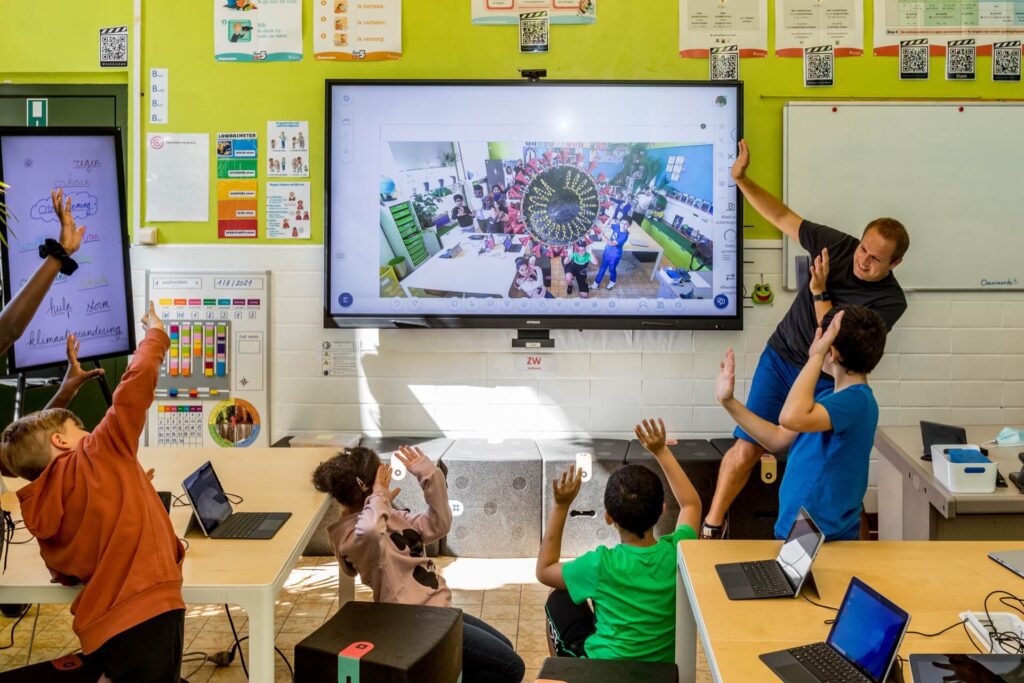Technology has evolved from analog to digital, revolutionizing how we communicate, entertain, educate, and access healthcare. The shift has allowed for instant global communication through email and social media, easy access to entertainment through streaming services, and online education platforms. Digital technology has also improved patient care with electronic health records and telemedicine services. Embracing technology has connected us in new ways, offering opportunities for learning, entertainment, and healthcare. As technology continues to advance, adapting to the digital future is essential to stay connected and thrive in a digital world.
From Analog to Digital: Embracing Technology in Everyday Life
The Evolution of Technology
Technology has come a long way since the early days of analog devices. From rotary phones to smartphones, from vinyl records to streaming services, the digital age has revolutionized the way we live our lives. The transition from analog to digital has brought about numerous changes, both in how we communicate and consume information.
Communication
In the past, communication was limited to face-to-face interactions or written letters. With the advent of digital technology, we can now communicate instantly with people all over the world through email, social media, and video calls. This has made it easier to stay connected with friends and family, as well as conduct business with colleagues and clients regardless of geographical location.
Entertainment
The way we consume entertainment has also shifted from analog to digital. Streaming services like Netflix and Spotify have made it convenient to access a wide variety of movies, TV shows, and music at our fingertips. We no longer have to rely on physical media like DVDs or CDs to enjoy our favorite content. Gaming has also gone digital, with online multiplayer games allowing players to connect and compete with others from around the world.
Education
Digital technology has had a significant impact on education as well. With the rise of e-learning platforms and online courses, students of all ages can now access educational resources anytime, anywhere. Virtual classrooms and interactive learning tools have made it easier for teachers to engage students and tailor their lessons to individual learning styles. The accessibility of digital learning has opened up new opportunities for lifelong learning and professional development.
Healthcare
The healthcare industry has also embraced digital technology to improve patient care and streamline processes. Electronic health records have made it easier for healthcare providers to access and share patient information, resulting in more coordinated and efficient care. Telemedicine services have made it possible for patients to consult with healthcare professionals remotely, reducing the need for in-person visits and making healthcare more accessible to those in rural or underserved areas.
Conclusion
From communication to entertainment, education to healthcare, the transition from analog to digital has transformed every aspect of our lives. Embracing technology has allowed us to connect with one another in ways we never thought possible and has opened up new opportunities for learning, entertainment, and healthcare. As technology continues to advance, it is important for us to adapt and embrace the digital future to stay connected and thrive in an increasingly digital world.
